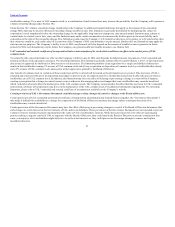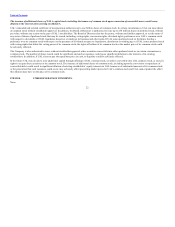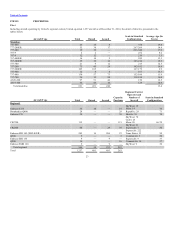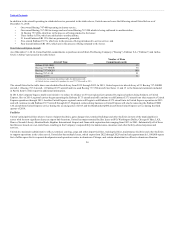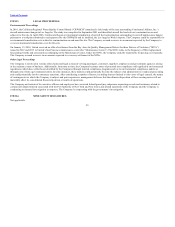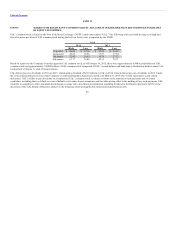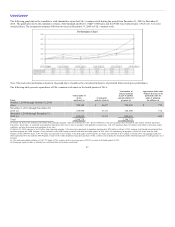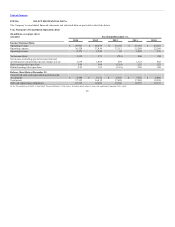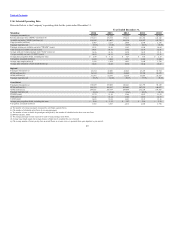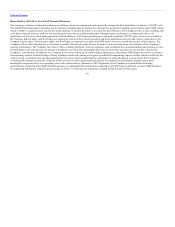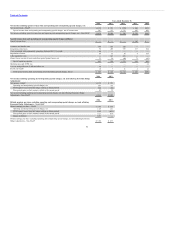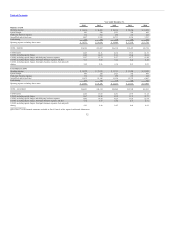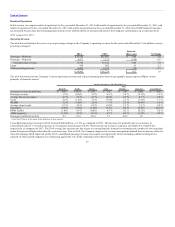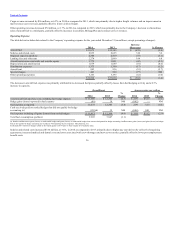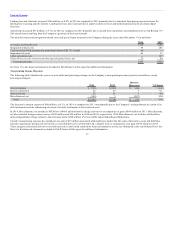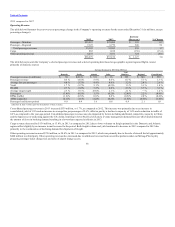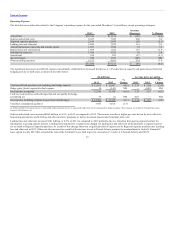United Airlines 2014 Annual Report Download - page 30
Download and view the complete annual report
Please find page 30 of the 2014 United Airlines annual report below. You can navigate through the pages in the report by either clicking on the pages listed below, or by using the keyword search tool below to find specific information within the annual report.
Table of Contents
The Company evaluates its financial performance utilizing various accounting principles generally accepted in the United States of America (“GAAP”) and
Non-GAAP financial measures including net income/loss excluding special charges, net earnings/loss per share excluding special charges and CASM, among
others. CASM is a common metric used in the airline industry to measure an airline’s cost structure and efficiency. The Company believes that excluding fuel
costs from certain measures is useful to investors because it provides an additional measure of management’s performance excluding the effects of a
significant cost item over which management has limited influence. Fuel hedge operating non-cash mark-to-market (“MTM”) gains (losses) are excluded as
the Company did not apply cash flow hedge accounting for certain of the periods presented, and these adjustments may provide a better comparison to the
Company’s peers, most of which either apply cash flow hedge accounting or exclude cash MTM gains or losses in certain disclosures of fuel expense. The
Company believes that adjusting for special items is useful to investors because the special items are non-recurring items not indicative of the Company’s
ongoing performance. The Company also believes that excluding third-party business expenses, such as maintenance, ground handling and catering services
for third parties, fuel sales and non-air mileage redemptions, provides more meaningful disclosure because these expenses are not directly related to the
Company’s core business. In addition, the Company believes that reflecting Economic Hedge Adjustments, consisting of MTM gains and losses recorded in
Nonoperating expense from fuel hedges settling in future periods and of prior period gains recorded in Nonoperating expense on fuel contracts settled in the
current period, is useful because the adjustments allow investors to better understand the cash impact of settled hedges in a given period. The Company
excludes profit sharing because this exclusion allows investors to better understand and analyze its recurring cost performance and provides a more
meaningful comparison of its core operating costs to the airline industry. Pursuant to SEC Regulation G, the Company has included the following
reconciliation of reported Non-GAAP financial measures to comparable financial measures reported on a GAAP basis (in millions, except CASM amounts).
For additional information related to special items, see Note 17 to the financial statements included in Part II, Item 8 of this report.
30



